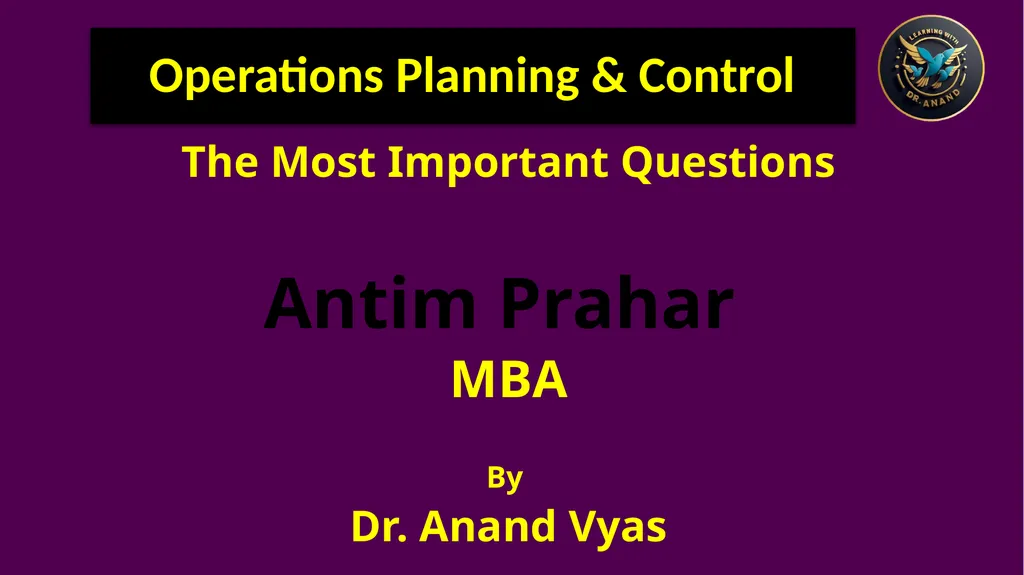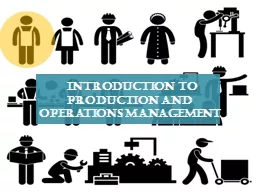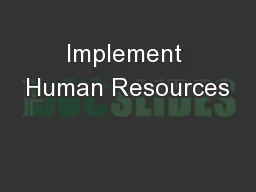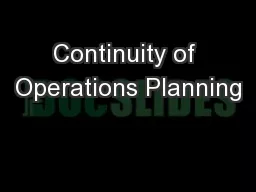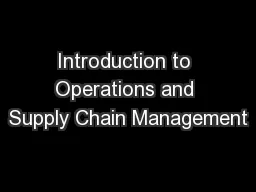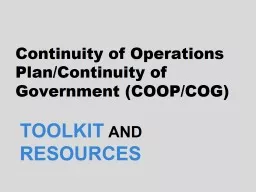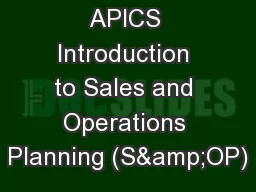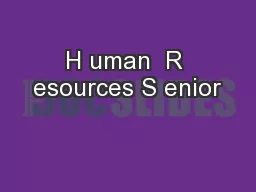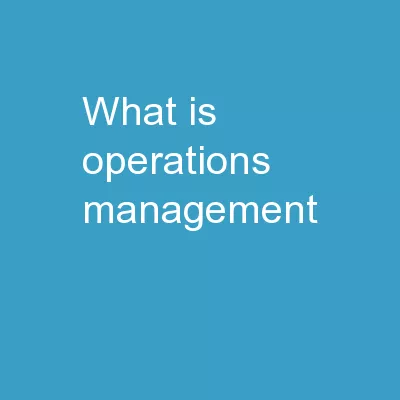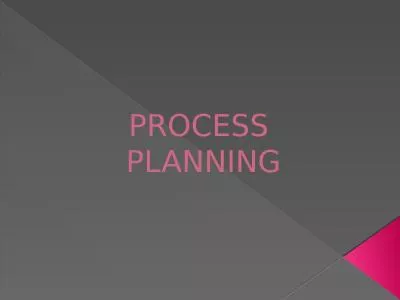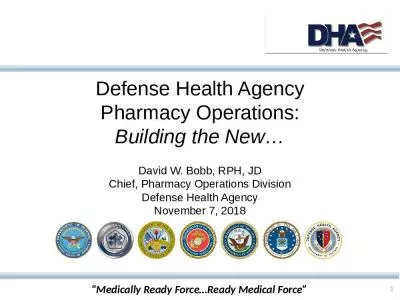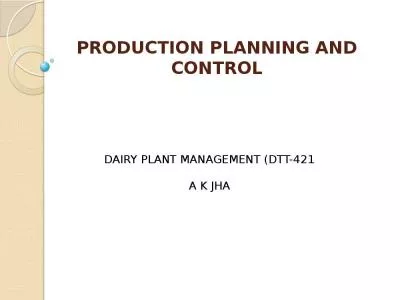Operations Planning & Control The Most Important
Author : marina-yarberry | Published Date : 2025-06-23
Description: Operations Planning Control The Most Important Questions Antim Prahar MBA By Dr Anand Vyas 1 PPC in different production Systems PPC Production Planning and Control is a critical function in various production systems ensuring
Presentation Embed Code
Download Presentation
Download
Presentation The PPT/PDF document
"Operations Planning & Control The Most Important" is the property of its rightful owner.
Permission is granted to download and print the materials on this website for personal, non-commercial use only,
and to display it on your personal computer provided you do not modify the materials and that you retain all
copyright notices contained in the materials. By downloading content from our website, you accept the terms of
this agreement.
Transcript:Operations Planning & Control The Most Important:
Operations Planning & Control The Most Important Questions Antim Prahar MBA By Dr. Anand Vyas 1 PPC in different production Systems PPC (Production Planning and Control) is a critical function in various production systems, ensuring efficient utilization of resources and timely delivery of products. Different production systems require tailored PPC strategies to meet their specific needs. Here's how PPC operates in various production systems: Job Shop Production: In job shop production, each order is unique, and products are made to customer specifications. PPC involves scheduling jobs based on their priority, resource availability, and delivery deadlines. Critical path method (CPM) and program evaluation and review technique (PERT) are often used for scheduling. Flexibility is crucial to accommodate changes in job priorities and specifications. Batch Production: Batch production involves manufacturing a group of similar products together in batches. PPC focuses on optimizing batch sizes, scheduling production runs, and minimizing changeover times between batches. Just-in-time (JIT) principles may be applied to reduce inventory and improve production flow. Kanban systems can help manage inventory levels and facilitate smooth material flow between workstations. Mass Production: Mass production involves high-volume manufacturing of standardized products. PPC emphasizes continuous production flow, minimizing downtime, and maximizing throughput. Lean manufacturing principles, such as value stream mapping and 5S, are commonly employed to eliminate waste and improve efficiency. Advanced scheduling algorithms and ERP (Enterprise Resource Planning) systems are utilized for detailed production planning and resource allocation. Continuous Production: Continuous production systems operate without interruption, producing a constant flow of products. PPC focuses on maintaining optimal operating conditions, minimizing equipment downtime, and ensuring consistent product quality. Process control techniques, such as Statistical Process Control (SPC), are used to monitor and regulate production processes in real-time. Preventive maintenance schedules are implemented to reduce the risk of equipment failure and production disruptions. Cellular Manufacturing: Cellular manufacturing organizes production into self-contained work cells, each responsible for manufacturing a specific group of products. PPC involves balancing workloads across cells, optimizing cell layouts for efficient material flow, and coordinating production schedules between cells. Cross-training of workers and multi-skilled teams may be implemented to enhance flexibility and responsiveness to changing production demands. 2 Materials Requirements Planning (MRP I) AND MRP II Materials Requirements Planning (MRP) is a set of techniques used to plan and control the inventory levels and production schedules of dependent demand items, such as components and materials required for manufacturing finished products. MRP I and
